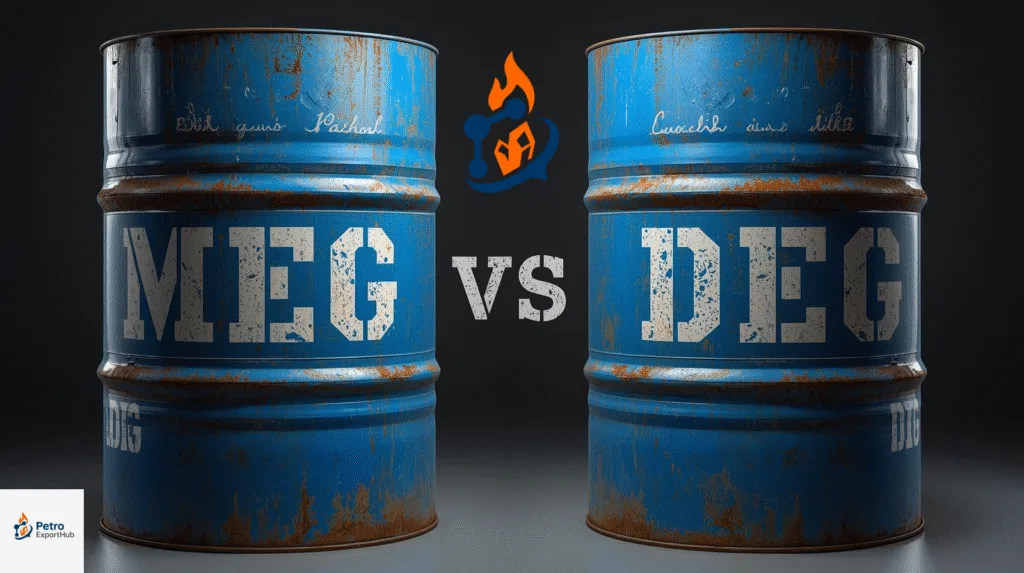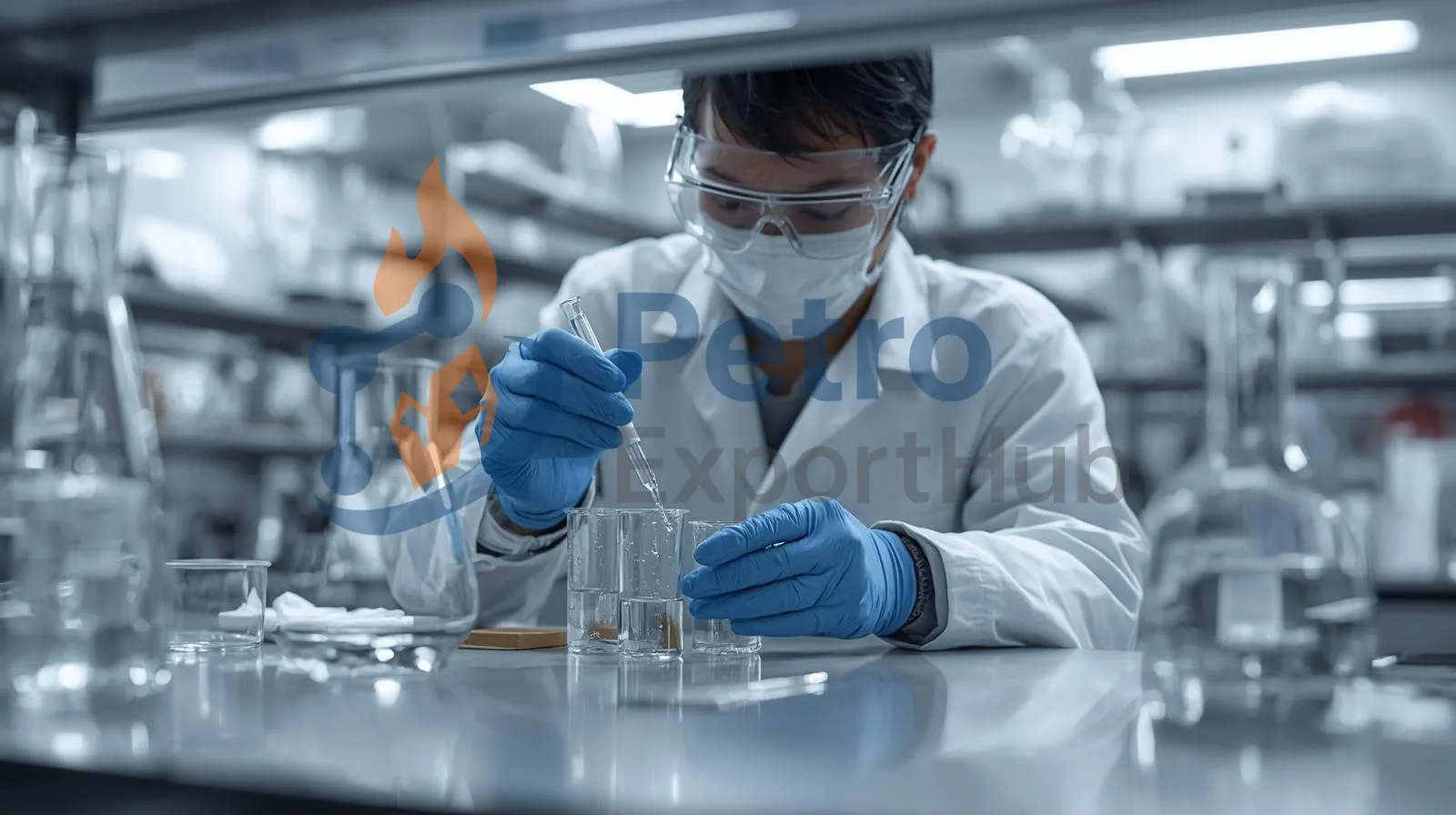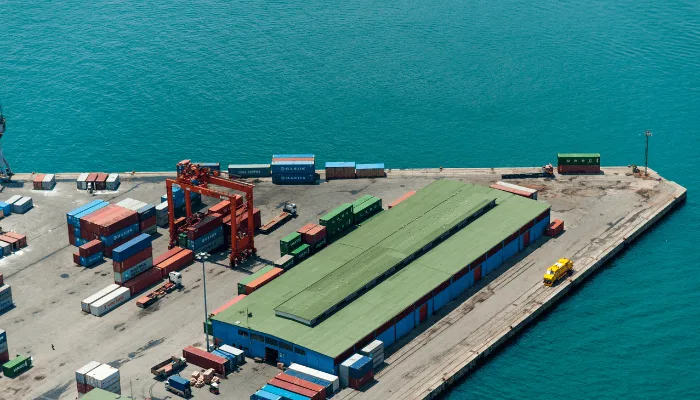
Monoethylene Glycol vs Diethylene Glycol: Key Differences and Uses
In the petrochemical industry
glycols are among the most widely used intermediates for manufacturing industrial products, textiles, and resins. Two of the most common types are Monoethylene Glycol (MEG) and Diethylene Glycol (DEG). While they sound similar, their properties, applications, and market demand are quite different. For buyers and traders, understanding the distinctions is crucial when selecting the right material, comparing suppliers, and negotiating monoethylene glycol price versus DEG alternatives.
1. What Is Monoethylene Glycol (MEG)?
A colorless, odorless liquid produced mainly from ethylene oxide.
Known for its low volatility and high hygroscopicity (ability to absorb water).
Most commonly supplied by major petrochemical hubs in the Middle East and Asia, making it a cost-effective choice for buyers.
Key Uses of MEG:
Polyester fiber and PET resin production.
Automotive antifreeze and coolants.
Industrial resins, adhesives, and inks.
For anyone sourcing raw materials, comparing monoethylene glycol suppliers is essential because reliability and consistent quality directly affect downstream manufacturing.
2. What Is Diethylene Glycol (DEG)?
A by-product of MEG production, with slightly higher molecular weight.
Has a higher boiling point and stronger solvency compared to MEG.
Less used in polyester, but highly valued in other chemical applications.
Key Uses of DEG:
Manufacturing unsaturated polyester resins.
Production of plasticizers, lubricants, and polyurethanes.
Solvent in paints, coatings, and adhesives.
Used in cosmetics and personal care formulations (in small amounts).
3. Comparing MEG and DEG
| Feature | Monoethylene Glycol (MEG) | Diethylene Glycol (DEG) |
|---|---|---|
| Molecular Weight | Lower (62 g/mol) | Higher (106 g/mol) |
| Boiling Point | 197°C | 245°C |
| Primary Use | Polyester, PET, antifreeze | Resins, solvents, plasticizers |
| Supply Source | Large-scale production (direct product) | By-product of MEG |
| Price Factor | More price-sensitive, linked to polyester | Slightly more stable due to niche uses |
4. Market Dynamics and Pricing
The monoethylene glycol price is highly volatile because it depends heavily on global polyester demand. Every increase in textile and packaging markets directly pushes MEG consumption higher.
By contrast, DEG pricing is less exposed to the textile industry and more tied to specialty chemicals, meaning its demand curve is more stable but smaller in volume.
For buyers, securing contracts with a trusted monoethylene glycol supplier ensures better cost management, while DEG is often purchased in smaller, project-based volumes.
5. Choosing Between MEG and DEG
When should buyers choose MEG or DEG?
Choose MEG if the end application involves polyester fibers, PET bottles, or antifreeze products.
Choose DEG for resins, coatings, plasticizers, or polyurethane systems.
In some industries, companies procure both products from the same supplier to optimize logistics and reduce costs.
6. Future Outlook
With global polyester consumption continuing to grow, MEG will remain the volume leader among glycols. DEG, however, will see steady demand in resins, solvents, and specialty applications. Sustainability trends may also push buyers to consider bio-based glycols, but in the short term, traditional petrochemical production will continue to dominate supply.
Summary
Monoethylene Glycol (MEG) and Diethylene Glycol (DEG) may share a chemical family, but their roles in industry are very different. MEG dominates polyester and packaging, making the monoethylene glycol price highly market-sensitive. DEG serves niche applications in resins and solvents, offering a more stable but smaller market. Buyers should evaluate the right product based on end-use requirements and carefully select a monoethylene glycol supplier or DEG supplier to ensure quality and cost efficiency.

MEG is essential for polyester, PET, and antifreeze industries.
DEG plays a niche role in resins, coatings, and solvents.
Monoethylene glycol suppliers dominate global glycol trade from the Middle East and Asia.
Monoethylene glycol price is more volatile, while DEG pricing remains relatively stable.
Looking for monoethylene glycol supplier ?
- Contact Us today and get connected with producers and export-ready logistics.
- sales@PetroExportHub.com

Related posts
Mono Ethylene Glycol (MEG) serves as a cornerstone for modern antifreeze and coolant formulations, offering reliable freezing protection and heat resi . . .
Explore Solvent 100’s specs, uses, and export opportunities from Iran. Ideal for paint, ink, and adhesive buyers in India, Turkey, UAE, and Africa. . . .
Explore everything you need to know about exporting sulphur from Iran in 2024 — including types, packaging, documents, ports, prices, and top import . . .
Explore Iran’s top ports for petrochemical exports, including Bandar Imam Khomeini, Assaluyeh, and Bandar Abbas. Compare infrastructure, accessibili . . .
Learn the key differences between polypropylene (PP) and polyethylene (PE), their applications, advantages, and how to choose the right polymer for yo . . .
Discover how a Turkish plastics manufacturer reduced costs by 22% through importing HDPE from Iran. Real-world case study by PetroExportHub. . . .
Learn why Iran is a leading exporter of polyethylene (PE). Discover grades, global applications, and how PetroExportHub connects buyers with top suppl . . .
We are here to answer your questions....
Petro Export Hub
PetroExportHub specializes in the export of premium-grade petrochemicals, minerals, and industrial chemicals from Iran, serving international markets with reliability, transparency, and tailored logistics solutions
Tehran Office
Phone:
0214865484 | +989127607241
Address:
Tehran..
China Office
TEL :
0211400
Address:
Zhongzhou Bie Lu, Zhongcheng Street, Yiwu City, Zhejiang Province, China
Quick Access
Quick Access
- Contact Our Sales Team
- Frequently Questions
- Shipping & Logistics
- Become a Partner
- Certificatins & Quality







